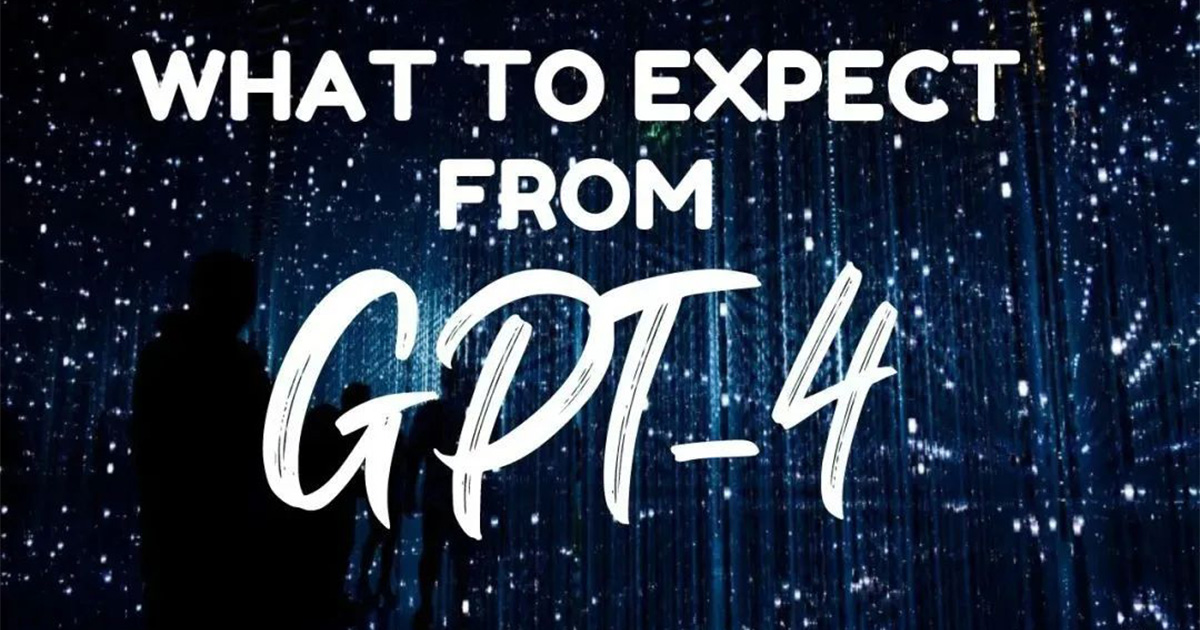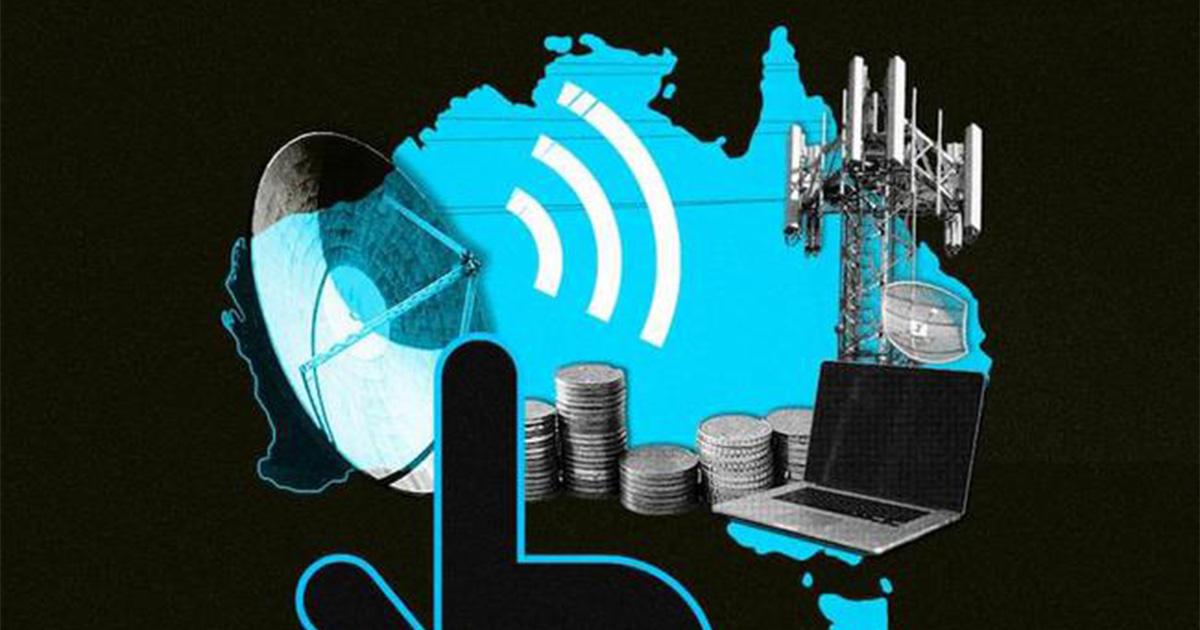![]()
The bankruptcy of Silicon Valley Bank may represent today's Silicon Valley more than the hotness of ChatGPT.
Silicon Valley Bank is the youth of many entrepreneurs.
For no other reason, Silicon Valley Bank understands you. It can provide you with loans that you can't get from Wall Street suits.
For a long time, Silicon Valley Bank has established good relationships with major technology funds and has a good understanding of investment. As long as entrepreneurs can obtain financing from first-line funds, Silicon Valley Bank is likely to give you an additional dollar credit. If lucky enough, it may also become your next investor.
Therefore, while the tech venture's golden father revolves, only Silicon Valley Bank remains stable. Many of the world's renowned technology companies once served as small businesses in Silicon Valley Bank's "point-to-point" service.
After the bankruptcy of Silicon Valley Bank, industry insiders have claimed that over 80% of VC investments in start-ups will be affected to varying degrees. Due to the implementation of the weekly salary system in some start-ups, some companies may immediately face the dilemma of cash flow rupture and difficult wage redemption. Among them are new companies that have not had time to heat up their financing.
Fortunately, after the panic, the Federal Reserve and the Treasury jointly intervened to fully protect the deposits of all depositors of Silicon Valley Bank. Silicon Valley Bank's depositors are temporarily safe.
Sour Silicon Valley and its Banks
The uniqueness of Silicon Valley Bank is attributed to its distinctive model and professional expertise. With the "loan and investment" financial strategy, Silicon Valley Bank dares to lend money to companies that others dare not, and benefits from the information asymmetry resulting in higher financial returns. This vertically specialized and boldly enterprising work style has made Silicon Valley Bank the best link between Silicon Valley and capital.
Although it has a prestigious reputation, prior to 2020, Silicon Valley Bank was still considered a "small and beautiful" financial enterprise. Overall, its asset size was still essentially matched with Silicon Valley's demands. For example, in 2018, Silicon Valley Bank's total deposit amount was less than $50 billion, equivalent to the size of deposits of China's Jiujiang Bank today.
The real influx of money into Silicon Valley Bank's coffers occurred after the 2020 epidemic. The hot money with nowhere else to go under low interest rates targeted the technology companies in the epidemic.
In addition to the doubled Nasdaq index, start-ups also received unprecedented investment amounts. According to data from PitchBook, in 2021, US technology start-ups raised $330 billion, nearly double that of 2020. Of these, nearly 900 US technology start-ups with valuations exceeding $1 billion were more than in the past five years combined.
Investments in TMT encouraged by remote work and bio-innovation under the pandemic background, just happen to be Silicon Valley's core industries. Capital flowing rapidly to Silicon Valley Bank's customers worldwide has led to rapid growth of Silicon Valley Bank's deposits.
In 2020 and 2021, Silicon Valley Bank's deposits grew by 66% and 85% compared to the same period last year, reaching a peak of $189 billion, triple that before the epidemic.
![]()
The influx of deposits was too fast, significantly exceeding Silicon Valley Bank's lending capacity.
Entrepreneurs in Silicon Valley need time to digest these investments, and the corresponding financing scale has not driven loan scale proportionally as in the past. This itself indicates that investment in Silicon Valley has become overheated, and some redundant and inefficient funds have been obtained by startup projects.
Therefore, although the managers of Silicon Valley Bank worked hard, they still could not catch up with the rapidly growing deposits. In 2019, loan assets accounted for 46% of Silicon Valley Bank's assets. During the financing frenzy of 2021, the proportion of loans in total assets dropped to 31%. The loan business has lost the top spot of the first-largest stockpile asset.
![]()
Therefore, at first glance, the bankruptcy of Silicon Valley Bank was a huge mistake in its funding strategy. Management's complete misjudgment of the Federal Reserve's interest rate determination led them to bet too much on seemingly safe but erroneous assets, and they were ultimately dragged down by the fluctuating capital market winds.
However, if we delve deeper into the development history of Silicon Valley Bank, with 2020 as a turning point, its actual role has profoundly mismatched.
Prior to 2020, Silicon Valley Bank was essentially an investment company using financial tools to promote technological efficiency, a top global technology bank. But after 2020, from the perspective of the balance sheet, Silicon Valley Bank became a conservative wealth management company mainly holding low-interest-rate bonds.
Conservative wealth management has never been Silicon Valley Bank's forte. Especially in the era of low interest rates, it becomes more of a craft.
OpenAI and Silicon Valley Bank
Before Silicon Valley Bank suddenly snatched the headlines of various media outlets, the focus in Silicon Valley was on OpenAI. Many people were still praising the peak of Silicon Valley one second before and then discussing how to "safeguard their rights" to Silicon Valley Bank the next second, making people feel a bit schizophrenic. What is Silicon Valley like now?
In fact, OpenAI and Silicon Valley Bank represent two different forms of Silicon Valley.
Silicon Valley Bank represents the start-up enterprise growth environment built by venture capital, the VC bubble-style prosperity represented by nearly 900 quasi-unicorn enterprises, and it propelled the bank to the pinnacle of business scale. However, the ebb of VC venture capital ultimately brought down this 40-year-old bank.
On the other hand, OpenAI is actually a typical giant game. It was blessed by big institutions such as the world's richest man, Musk, as soon as it was born, and obtained a sky-high angel round of $1 billion. It burned tens of billions of dollars before finally running a demo for the public.
While Silicon Valley Bank was wracking its brains on how to convert its loans into Silicon Valley's liquidity, Microsoft quietly tapped $10 billion from its trillion-dollar cash reserve, investing in control of the booming OpenAI. This "star project" started with giants and ended with giants.
So if we continue to delve deeper into the bankruptcy of Silicon Valley Bank and the popularity of OpenAI, it actually indicates that the main body of Silicon Valley's technology base investment is undergoing some changes.
Although the investment scale of US stock start-ups was huge in 2021, its total of $330 billion was just equivalent to the total net profit of the top five US tech giants (Apple, Microsoft, Google, Amazon, Facebook) that year ($304.4 billion). This means that giants will maintain a long-term advantage in all aspects of cutting-edge technology.
And what is even more unsatisfactory than the size of capital is the stability of capital.
After 2020, the capital flow in Silicon Valley was obviously greatly affected by the Federal Reserve and Wall Street. Under low interest rates, capital poured in, exceeding Silicon Valley's carrying capacity; under high interest rate policies, capital quickly withdrew. These flows and logics are not related to the project's own profitability, long-term judgment of the track, or even the idealistic innovation spirit that once defined Silicon Valley - Silicon Valley's money is no longer related to Silicon Valley.
A very illustrative shadow is that when Silicon Valley Bank had problems, it was Wall Street that ran the fastest, and many of them not only withdrew their funds, but also made a lot of money using short selling mechanisms. Those who stayed put, unable to withdraw money or pay salaries, were the hardworking entrepreneurs. The latter were actually Silicon Valley Bank's most loyal and steadfast customers and the main objects of praise when people used to discuss Silicon Valley.
Silicon Valley Bank bought most of its money in US dollar bonds and OpenAI was acquired by Microsoft. These two things combined are like a Silicon Valley joke:
Silicon Valley Bank is no longer in Silicon Valley, and OpenAI is no longer Open.
The world has finally changed.


